 推荐消息更多>>
推荐消息更多>>气力输送系统时怎么组成的?
- 来源:https://www.sdxinlujx.com/ 日期:2025-03-28 发布人:创始人
动力源:驱动物料流动的 “心脏”
Power source: the "heart" that drives the flow of materials
压缩机、鼓风机和真空泵是气力输送系统常见动力源,负责为气体流动供能,推动物料在管道中移动。压缩机输出高压气体,适用于长距离、大输送量的场景,如水泥厂远距离输送水泥;鼓风机以较低压力提供大流量空气,常用于粮食加工厂输送谷物;真空泵抽取空气形成负压,实现物料吸入式输送,常见于垃圾处理厂收集垃圾颗粒。
Compressors, blowers, and vacuum pumps are common power sources in pneumatic conveying systems, responsible for providing energy for gas flow and pushing materials to move in pipelines. The compressor outputs high-pressure gas, suitable for long-distance and high-capacity transportation scenarios, such as long-distance transportation of cement in cement plants; Blowers provide high flow air at low pressure and are commonly used in grain processing plants to transport grains; A vacuum pump extracts air to form negative pressure, achieving material suction conveying, commonly used in garbage treatment plants to collect garbage particles.
供料装置:物料进入系统的 “入口”
Feeding device: the "entrance" for materials to enter the system
供料装置将物料稳定、准确地送入输送管道,并让物料与气体充分混合。旋转阀应用广泛,通过旋转叶片定量、连续供料,适用于颗粒和粉状物料;螺旋给料机借助螺旋叶片推动物料,可调节给料速度,适用于粘性物料;喷射式供料器利用高速气流产生的负压吸料,供料速度快、占地小,但压力损失大,喷嘴易磨损。
The feeding device stably and accurately feeds the material into the conveying pipeline, and allows the material to mix thoroughly with the gas. Rotary valves are widely used for quantitative and continuous feeding of granular and powdery materials through rotating blades; The spiral feeder uses spiral blades to push materials and can adjust the feeding speed, suitable for viscous materials; The jet feeder uses negative pressure generated by high-speed airflow to suction materials, with fast feeding speed and small footprint, but with high pressure loss and nozzle wear.
输送管道:物料运输的 “通道”
Conveying pipeline: the "channel" for material transportation
输送管道材质、管径和布置方式,对输送效果影响显著。输送磨损性物料,常采用耐磨合金钢管;食品和医药行业则用不锈钢管道。管径需依据输送量、物料特性和气流速度确定,管径不当会导致物料沉积或管道过度磨损。管道布置应减少弯头和变径,合理设计走向和坡度,助力物料输送。
The material, diameter, and layout of the conveying pipeline have a significant impact on the conveying effect. Wear resistant alloy steel pipes are commonly used for conveying abrasive materials; The food and pharmaceutical industries use stainless steel pipes. The pipe diameter should be determined based on the conveying capacity, material characteristics, and airflow velocity. Improper pipe diameter can lead to material deposition or excessive pipeline wear. The pipeline layout should reduce bends and diameter changes, design the direction and slope reasonably, and assist in material transportation.
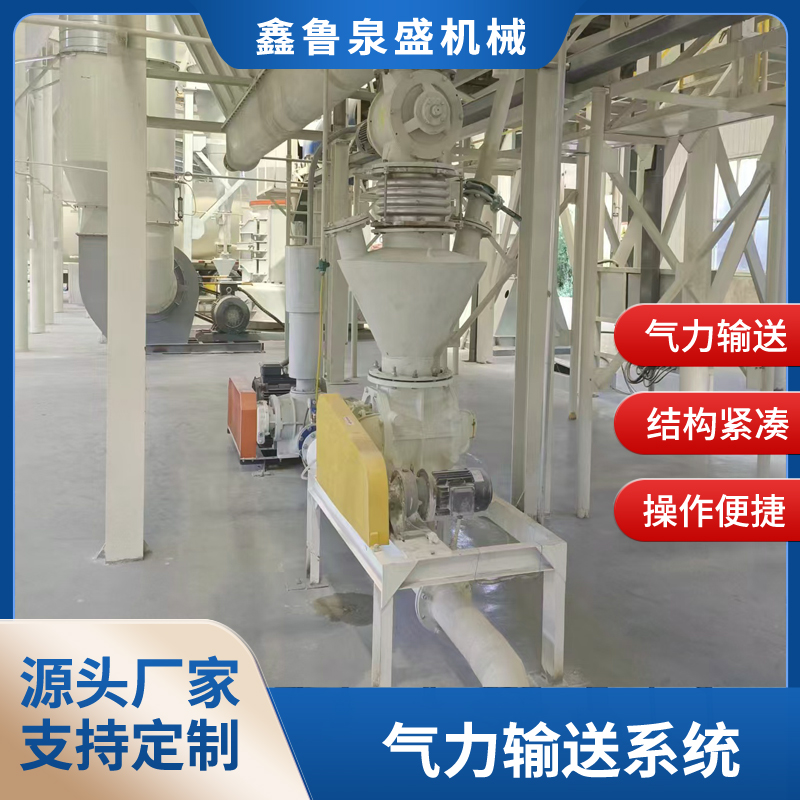
气固分离装置:实现物料与气体分离的 “关卡”
Gas solid separation device: the "checkpoint" for achieving material and gas separation
物料输送至目的地后,气固分离装置负责分离物料与气体,回收物料并净化气体。旋风分离器靠离心力分离,结构简单、分离效率较高,适用于较大颗粒物料;布袋除尘器通过过滤布袋除尘,效率超 99%,可捕集细微粉尘;重力沉降室利用重力使物料沉降,结构简单、成本低,但分离效率相对较低 。
After the material is transported to the destination, the gas-solid separation device is responsible for separating the material from the gas, recovering the material, and purifying the gas. The cyclone separator relies on centrifugal force for separation, with a simple structure and high separation efficiency, suitable for larger particle materials; The bag filter uses a filtering bag to remove dust, with an efficiency of over 99%, and can capture fine dust; The gravity settling chamber utilizes gravity to settle materials, with a simple structure and low cost, but relatively low separation efficiency.
控制系统:保障系统稳定运行的 “大脑”
Control system: the 'brain' that ensures stable operation of the system
控制系统实时监控和控制气力输送系统各部件,确保系统稳定、高效运行。传感器收集系统内压力、流量、温度等参数,传输给控制器。控制器按预设程序,对动力源、供料装置等设备进行调控。系统压力异常或供料装置故障时,控制系统会自动调节或发出警报。此外,工作人员还能远程监控、操作。
The control system monitors and controls various components of the pneumatic conveying system in real-time to ensure stable and efficient operation of the system. Sensors collect parameters such as pressure, flow rate, and temperature within the system and transmit them to the controller. The controller regulates the power source, feeding device and other equipment according to the preset program. When the system pressure is abnormal or the feeding device malfunctions, the control system will automatically adjust or issue an alarm. In addition, the staff can also remotely monitor and operate.
辅助设备:提升系统性能的 “助力器”
Auxiliary equipment: a "booster" that enhances system performance
缓冲料仓临时储存物料,调节供料节奏;料位计监测料仓物料高度,实现自动供料和卸料。为防止管道堵塞、磨损,会安装防堵装置和耐磨衬里;为降低噪音,还会安装消声器。
Temporary storage of materials in buffer silos, adjusting the feeding rhythm; The level gauge monitors the height of the material in the silo, achieving automatic feeding and unloading. To prevent pipeline blockage and wear, anti blocking devices and wear-resistant liners will be installed; To reduce noise, a muffler will also be installed.
本文由气力输送系统友情奉献.更多有关的知识请点击:https://www.sdxinlujx.com我们将会对您提出的疑问进行详细的解答,欢迎您登录网站留言.
This article is a friendly contribution from the pneumatic conveying system For more information, please click: We will provide detailed answers to your questions. You are welcome to log in to our website and leave a message
- 上一篇: 仓泵工作原理
- 下一篇: 空气悬浮鼓风机的原理和优势


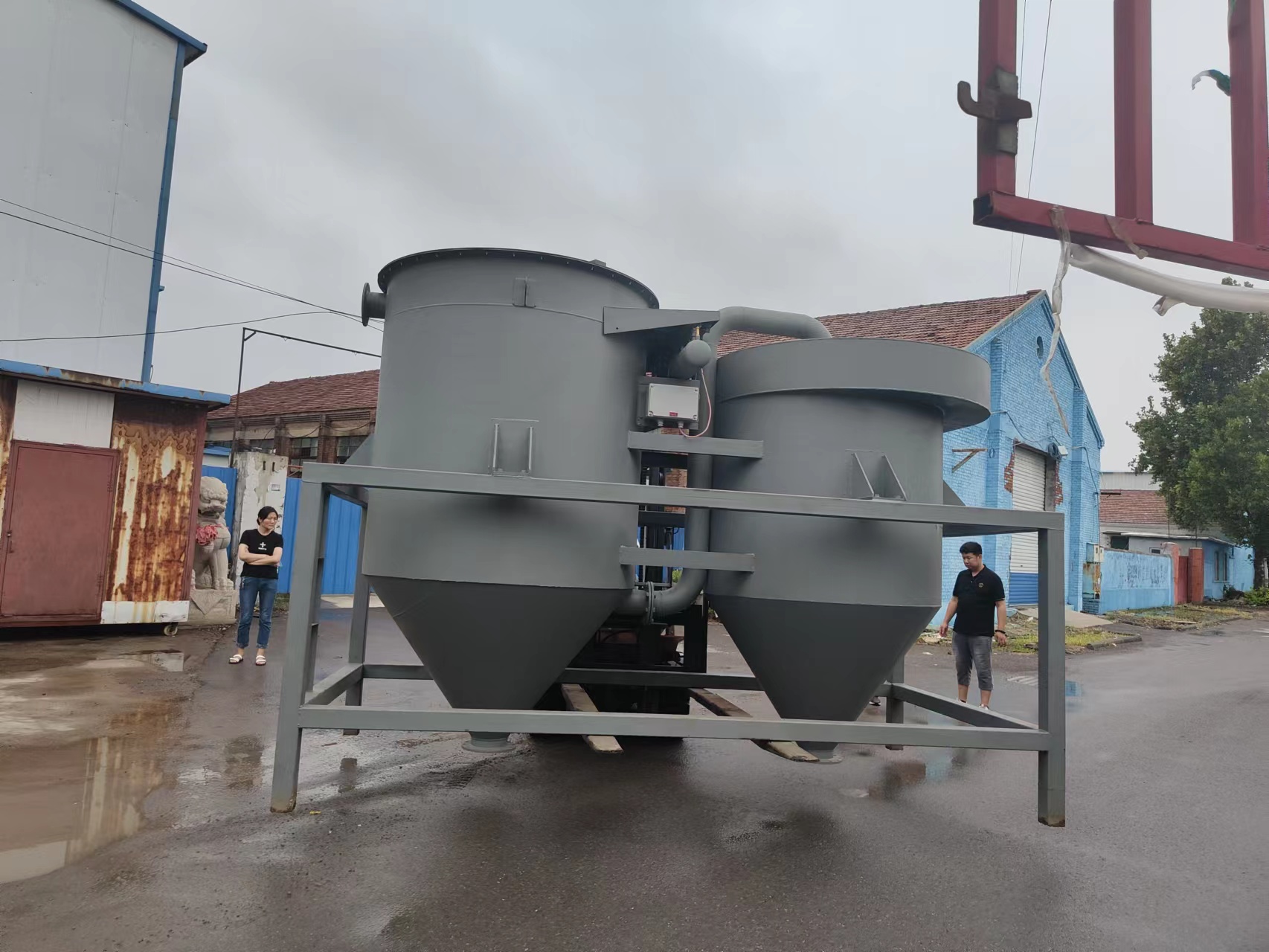
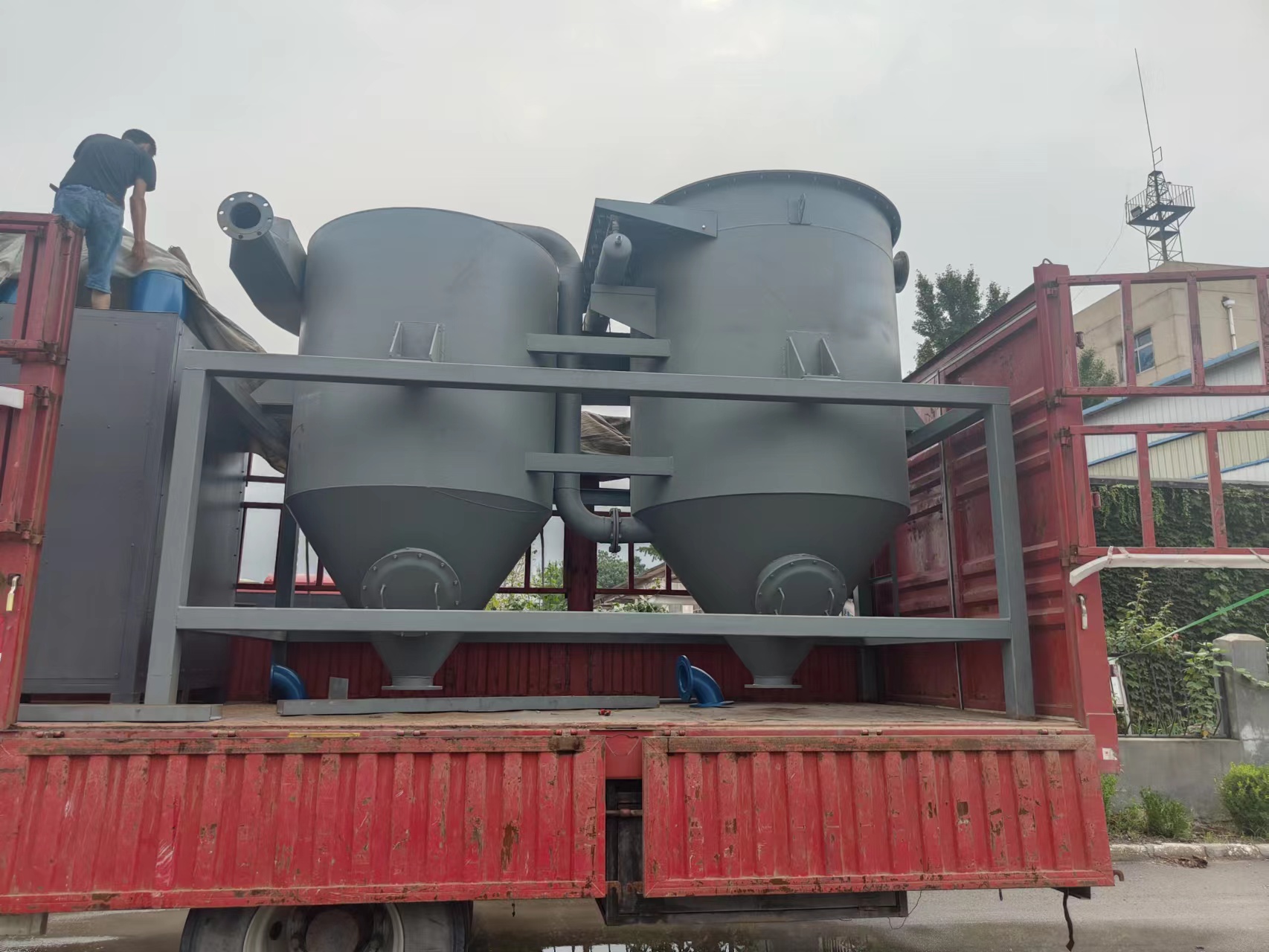
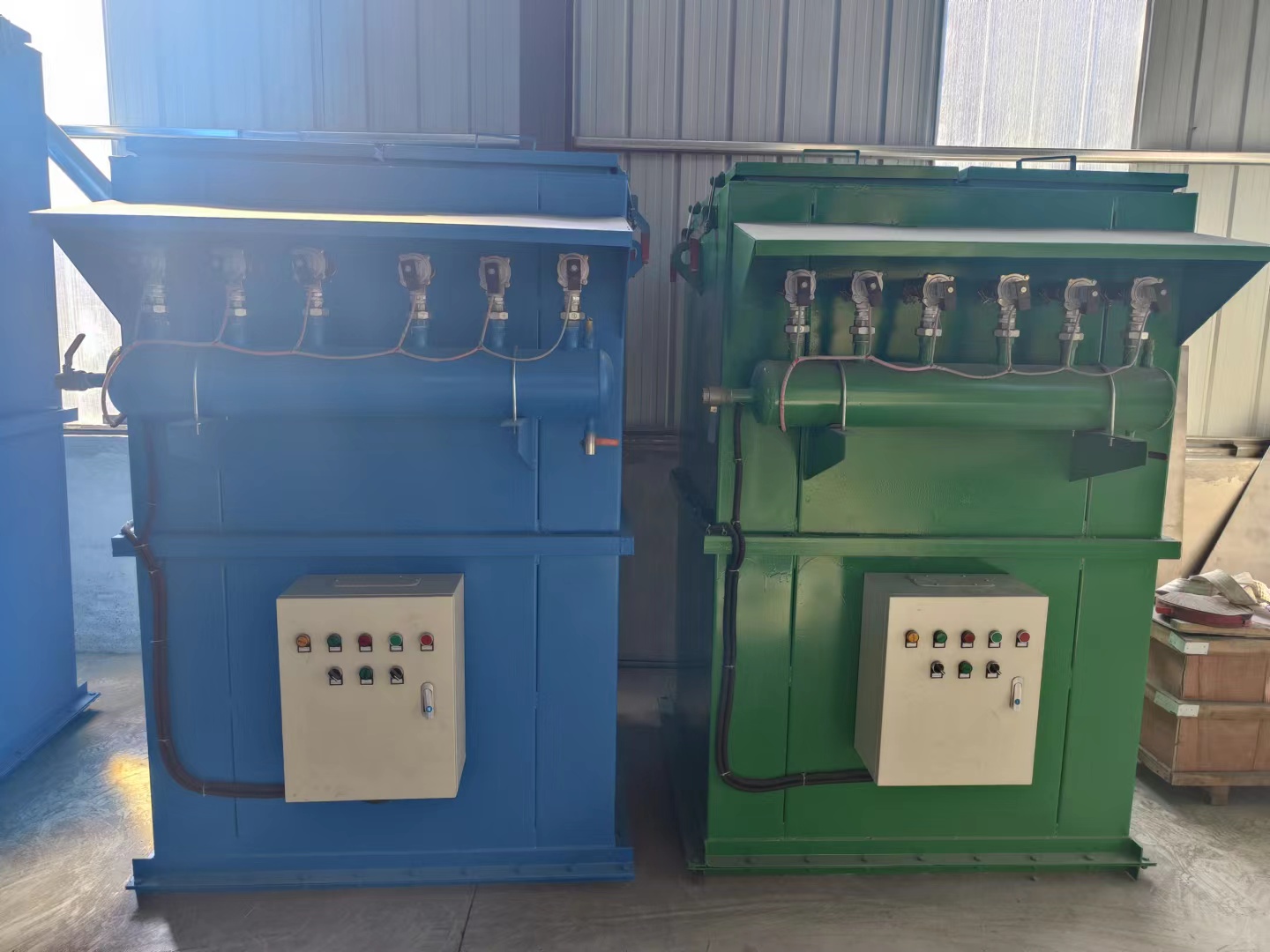
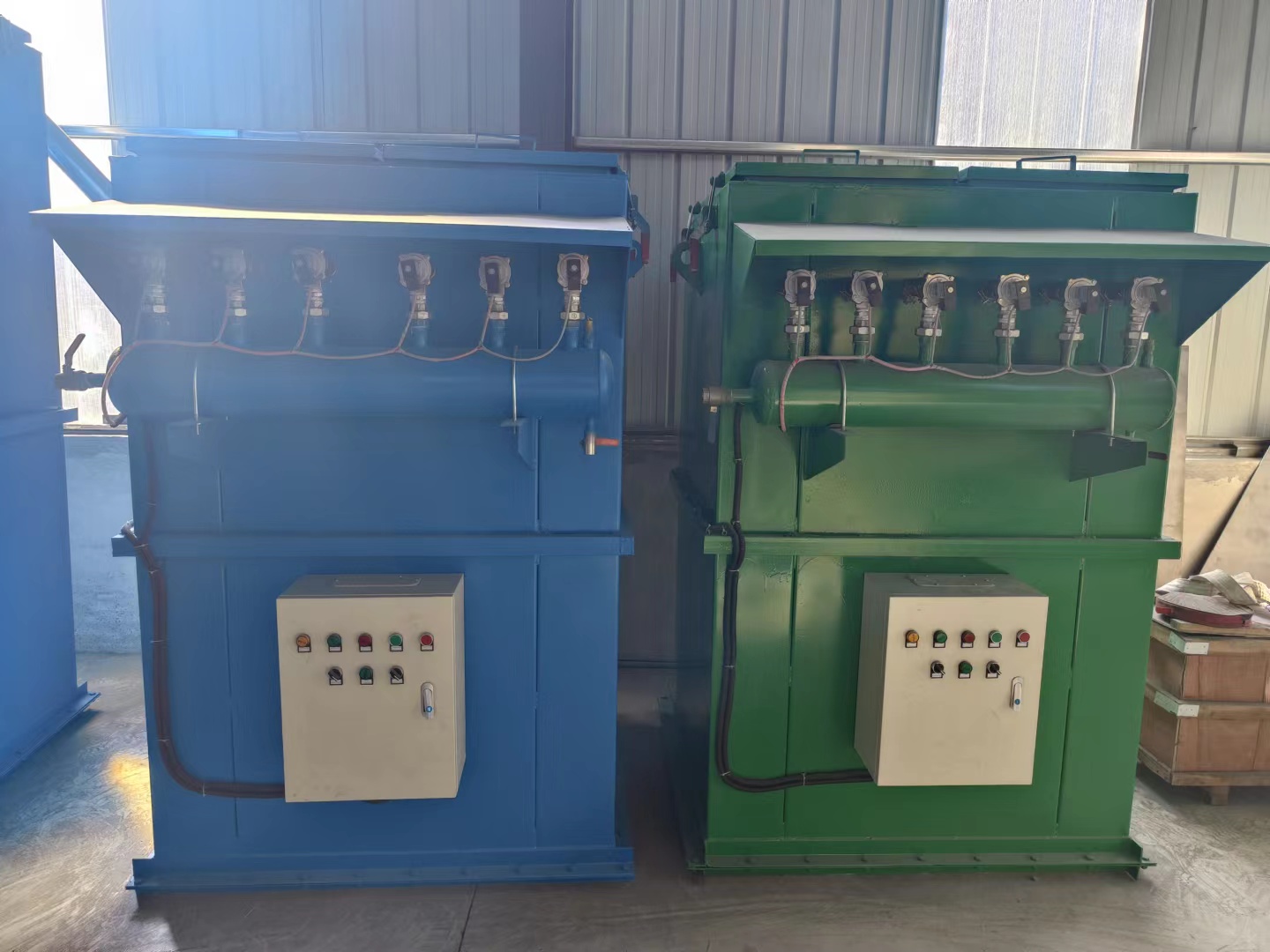
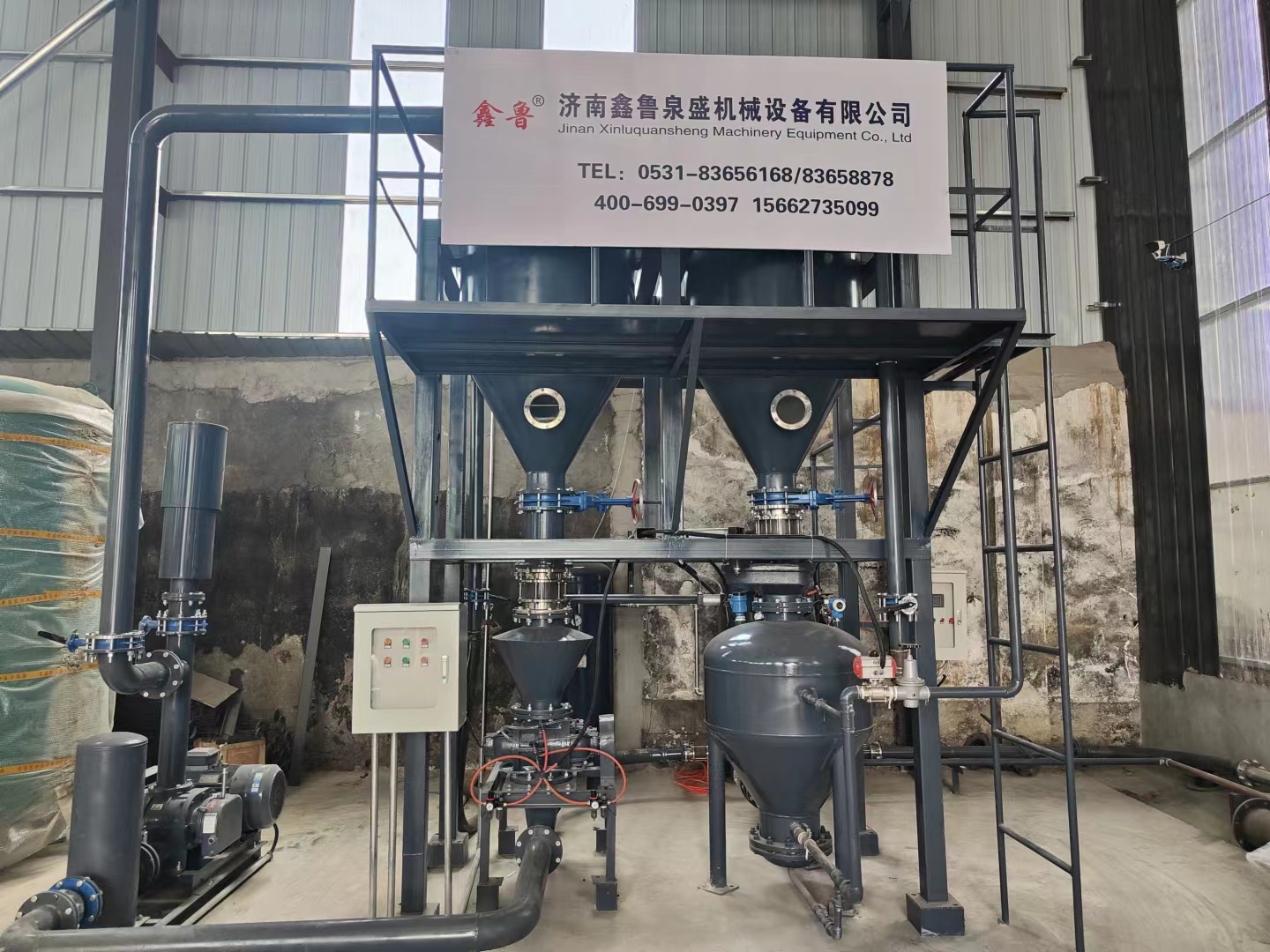

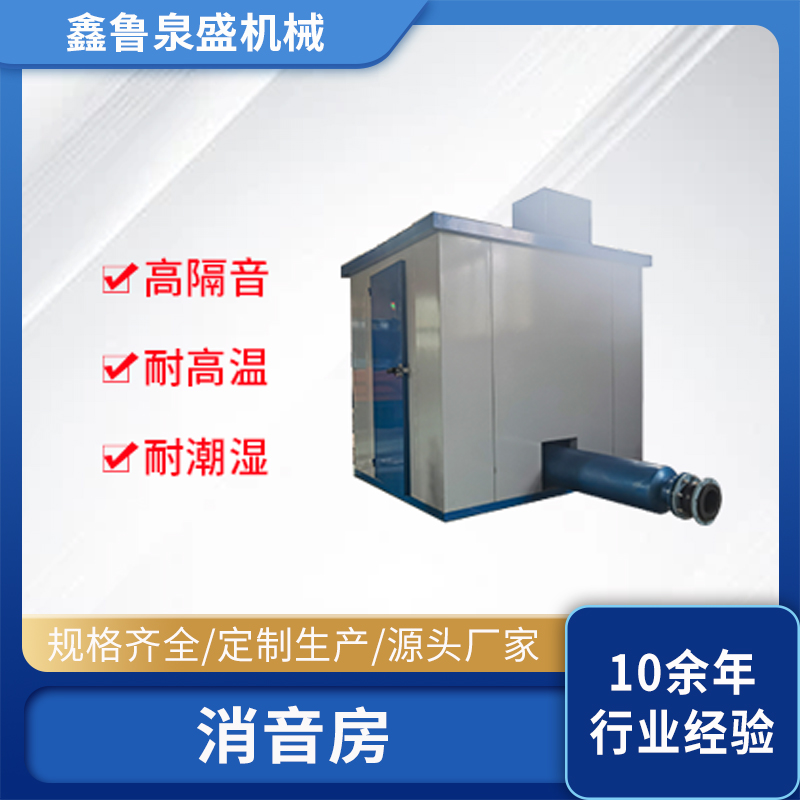
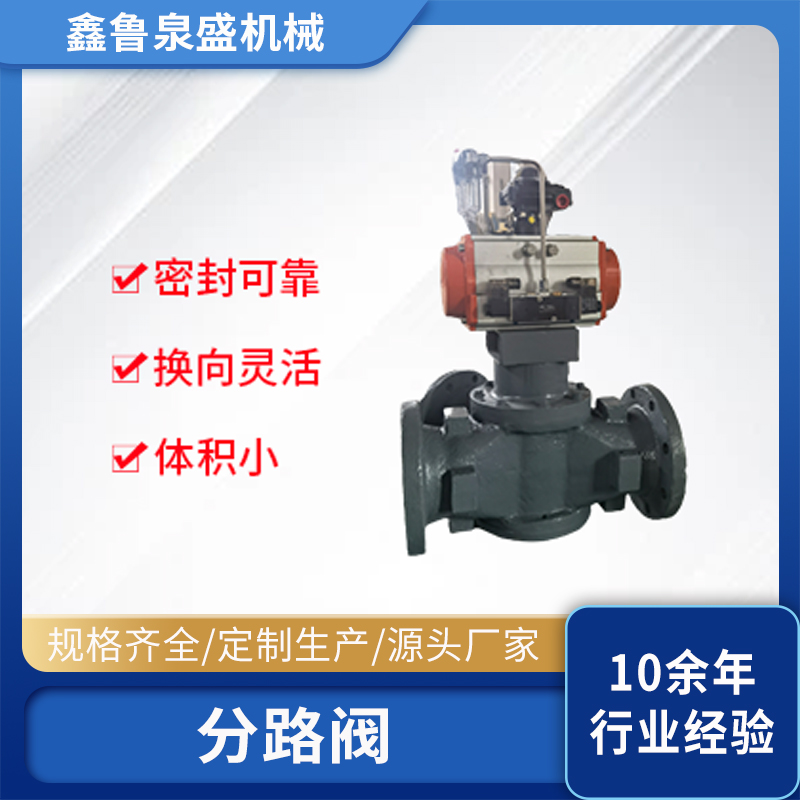
 扫码微信沟通
扫码微信沟通